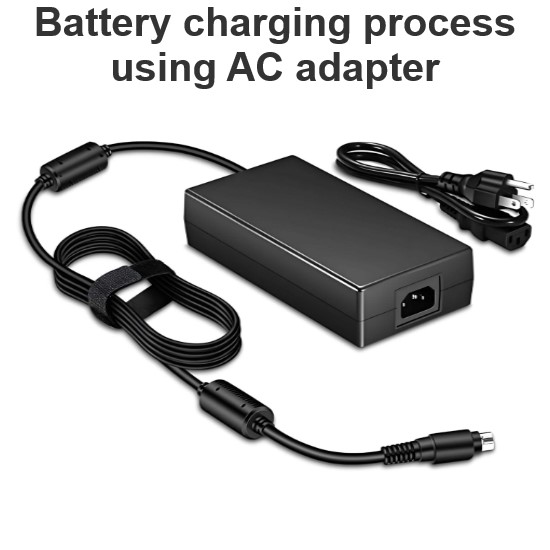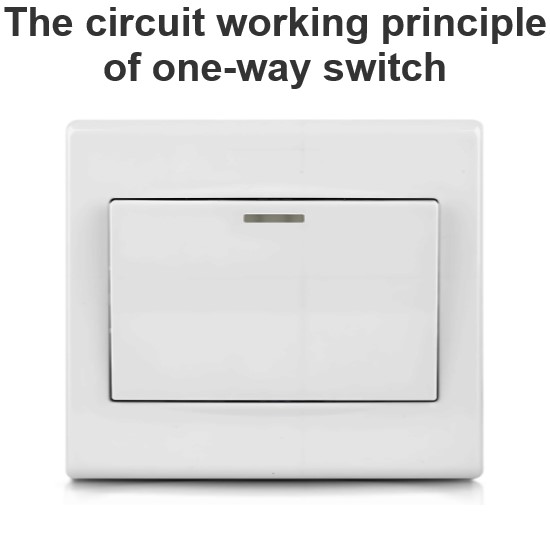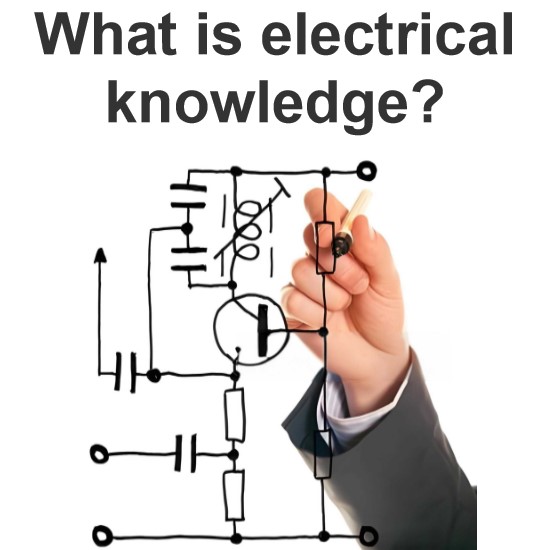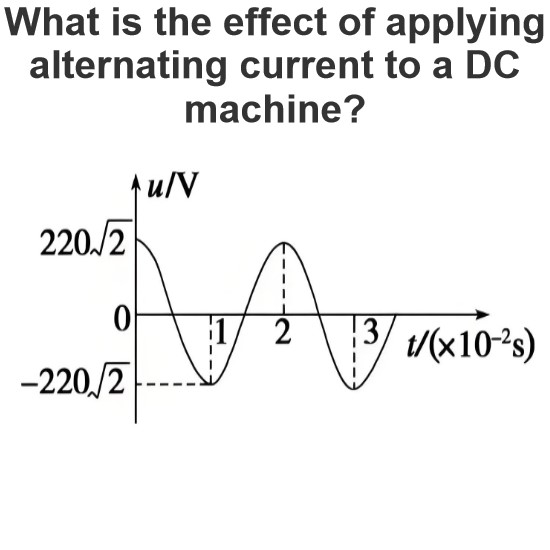What is Short Circuit Protection?
What is Short Circuit Protection?
Short circuit protection definition
Short circuit protection is an important safety measure to prevent damage or fire caused by short circuit in the circuit. Short circuit protection is usually achieved through protective devices in the circuit that are able to quickly cut off the current when a short circuit is detected to protect other components and personnel in the circuit.
Working principle
The working principle of short-circuit protection is based on the concept of current protection. When a short circuit occurs in the circuit, the resistance of the circuit will drop sharply, resulting in a sharp rise in current. This sudden increase in current may not only cause the wires to overheat, but may also damage other components in the circuit. Short-circuit protection devices, such as circuit breakers or fuses, prevent the current from continuing to flow by detecting changes in this abnormal current and quickly shutting off the circuit when a preset threshold is reached.
The importance of short circuit protection
Prevent equipment damage:Short circuit current is usually very large, will produce high temperature and strong electromagnetic force in an instant, easy to damage electrical equipment and wire and cable. The short-circuit protection device can cut off the circuit in time to avoid serious damage to the equipment.
Ensure personal safety: Short circuit faults may cause safety accidents such as fire and electric shock, which may threaten personal safety. Short-circuit protection devices can quickly cut off the circuit and reduce safety risks.
Improve the reliability of the power system: Short circuit faults will affect the normal operation of the power system, resulting in power outage and other problems. Short-circuit protection devices can quickly isolate faults, reduce the range and time of outage, and improve the reliability of the power system.
Common protection devices
Fuse
Fuse definition: It is a simple and effective short-circuit protection device, composed of melt and fuse.
Fuse working principle: When a short circuit fault occurs in the circuit, the short circuit current will make the melt quickly fuse, thus cutting off the circuit.
The fuse has the advantages of simple structure, low cost and high reliability. The disadvantage is that once the fuse is broken, the melt needs to be replaced, which is not convenient.
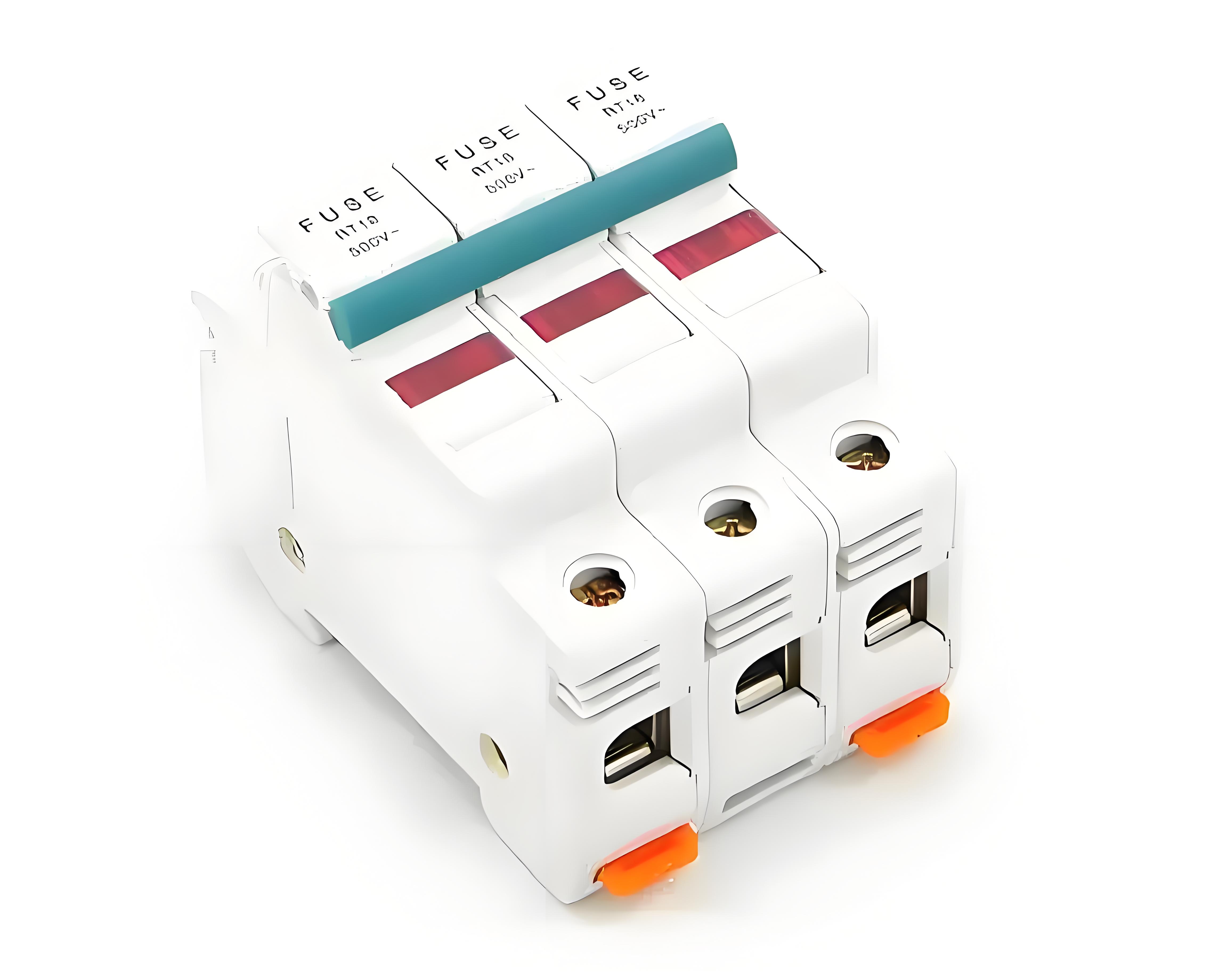
Circuit breaker
Circuit breaker definition: It is a switchgear that can automatically cut off the circuit, with short-circuit protection, overload protection and undervoltage protection.
Circuit breaker working principle: When a short circuit fault occurs in the circuit, the trip mechanism of the circuit breaker will act in an instant, making the circuit breaker trip and cutting off the circuit.
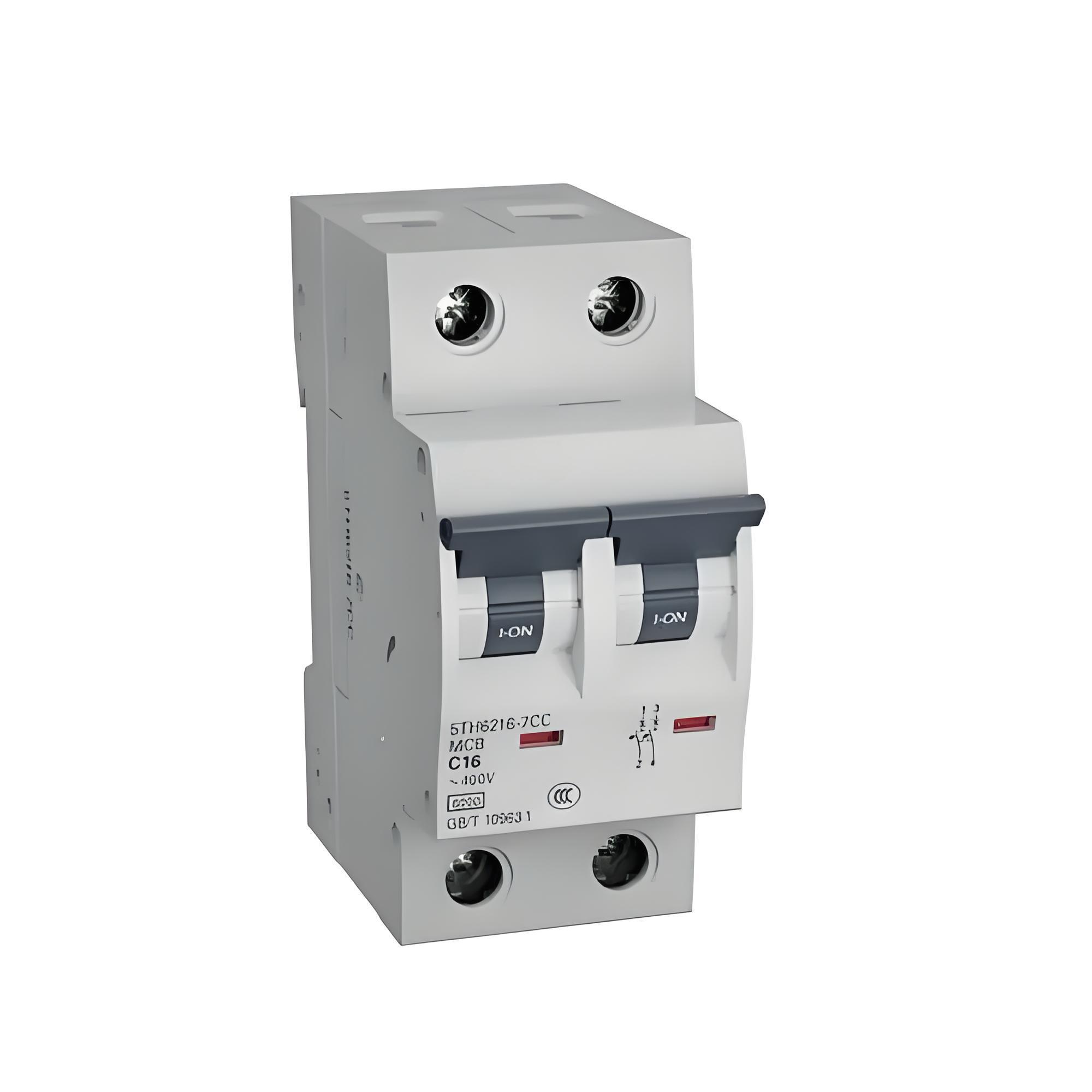
Advantage
Easy to operate
Reusable
Complete protection function
Shortcoming
Relatively high price
High requirements on installation and maintenance
Relay protection device
Definition of relay protection device: It is an automatic equipment that determines the fault and issues tripping instructions by detecting the change of electrical volume in the circuit.
Working principle of the relay protection device: When a short circuit fault occurs in the circuit, the relay protection device will quickly determine the type and position of the fault according to the preset protection logic, and issue a trip command to make the circuit breaker trip and cut off the circuit.
Advantages of relay protection devices
High protection accuracy
Fast response speed
Remote monitoring and control can be achieved
Shortcoming
Complex structure
High cost
High requirements on the operating environment
Short circuit protection application
Household electricity
Industrial production
transportation
Communication field
The Electricity Encyclopedia is dedicated to accelerating the dissemination and application of electricity knowledge and adding impetus to the development and innovation of the electricity industry.

